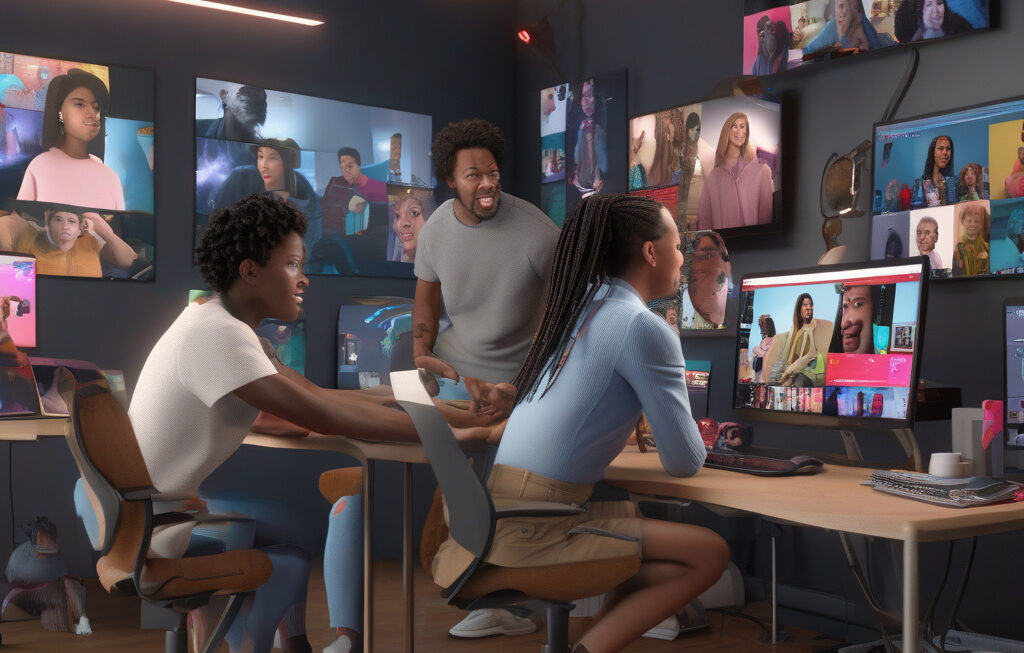Spotting AI-Generated Videos: Unveiling the Truth with Simple Visual Checks
In today’s digital age, the line between reality and artificial intelligence (AI) is becoming increasingly blurred. With the advancements in deepfake technology, it has become easier to create videos that are incredibly realistic yet entirely fabricated. However, all is not lost for those seeking to discern the real from the AI-generated. From blinking patterns to shadow mismatches, Mashable’s guide sheds light on how simple visual checks can often reveal the true nature of a video.
One of the key indicators of an AI-generated video is the inconsistency in blinking patterns. While humans blink in a natural and often irregular manner, AI-generated faces may exhibit unnaturally consistent blinking. This is due to the fact that AI algorithms are programmed to follow certain patterns, leading to a robotic-like repetition in the blinking process. By closely observing the blinking patterns of the individuals in the video, one can often spot these irregularities and raise suspicion about its authenticity.
Another telltale sign of an AI-generated video is the presence of shadow mismatches. Shadows play a crucial role in determining the authenticity of a video, as they help establish the spatial relationships between objects in the frame. In AI-generated videos, shadows may appear inconsistent or fail to align with the light sources present in the scene. By paying attention to these discrepancies and inconsistencies in shadow formations, viewers can uncover the artificial nature of the video.
Furthermore, anomalies in facial expressions and movements can also indicate that a video has been generated using AI technology. While AI algorithms have made significant progress in mimicking human emotions and gestures, they are not yet flawless. Subtle glitches such as sudden jerky movements or unnatural facial expressions can give away the true nature of the video. By observing the nuances of facial movements and expressions, viewers can spot these imperfections and question the authenticity of the content.
In addition to visual cues, audio inconsistencies can also help in identifying AI-generated videos. While the visuals may appear seamless, the audio accompanying the video may reveal discrepancies such as unnatural pauses or glitches. AI-generated voices often lack the natural intonations and nuances present in human speech, making it easier to detect artificiality through careful listening. By cross-referencing the visual and audio components of a video, viewers can gain a more comprehensive understanding of its authenticity.
In conclusion, while the rise of AI-generated videos presents new challenges in discerning truth from fiction, simple visual checks can often reveal the underlying artificiality. From analyzing blinking patterns to scrutinizing shadow mismatches, paying attention to these visual cues can help viewers spot the telltale signs of AI manipulation. By remaining vigilant and informed, individuals can navigate the digital landscape with a critical eye and ensure that they are not deceived by the allure of AI-generated content.
AI, Videos, Visual Checks, Deepfake, Technology











